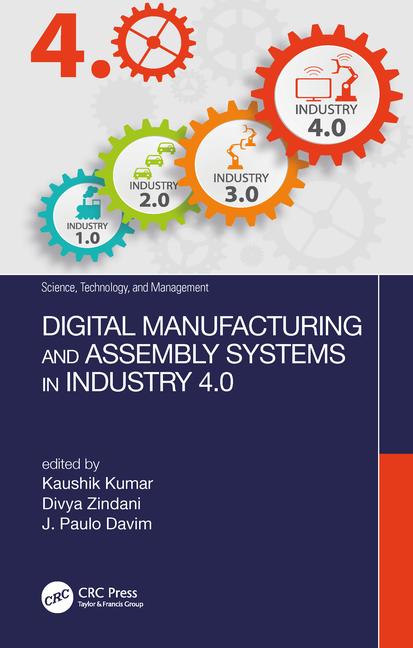Researchers are scrambling to create the next breakthrough in battery technology that will enable electric cars to be more robust and cheaper to mass-produce. A team of engineers at MIT believe they’ve found the solution.
Researchers around the world are scrambling to create the next big breakthrough in battery technology that will enable electric cars to be more robust and cheaper to mass-produce. A team of engineers at the Massachusetts Institute of Technology (MIT) believe they’ve found the elusive solution.
Yet-Ming Chiang, a professor of materials science and engineering, and his colleagues have been developing a semisolid flow battery. It features a radically new approach that provides a lightweight and inexpensive alternative to existing technology, such as lithium-ion.
The new battery relies on an innovative architecture called a semisolid flow cell, in which solid particles are suspended in a carrier liquid and pumped through the system. In this design, the battery’s active components-the positive and negative electrodes, or cathodes and anodes-are composed of particles suspended in a liquid electrolyte.
These two different suspensions are pumped through systems separated by a filter, such as a thin porous membrane. “The technology could make refueling such batteries as quick and easy as pumping gas into a conventional car,” claims Chiang. “One important characteristic of the new design is that it separates the two functions of the battery-storing energy until it is needed and discharging that energy when it needs to be used-into separate physical structures,” Chiang points out. “In conventional batteries, the storage and discharge both take place in the same structure. Separating these functions means that batteries can be designed more efficiently.”
The new MIT design should make it possible to reduce the size and the cost of a complete battery system, including all of its structural support and connectors, to about half the current levels. According to Chiang, that dramatic reduction could be the key to making electric vehicles fully competitive with conventional gas- or diesel-powered vehicles.
In addition to potential applications in vehicles, the new battery system could be scaled up to very large sizes at low cost. “This would make it particularly well-suited for large-scale electricity storage for utilities, potentially making intermittent, unpredictable sources, such as wind and solar energy, practical for powering the electric grid,” claims Chiang. “However, semisolid flow batteries will probably never be suitable for smaller applications, such as power tools, where short bursts of very high power are required.”
Flow batteries have existed for some time, but they’ve typically used liquids with very low energy density. Because of this, existing flow batteries take up much more space than fuel cells and require rapid pumping of their fluid, further reducing their efficiency. The semisolid flow batteries pioneered by Chiang and his colleagues overcome this limitation, providing a 10-fold improvement in energy density over present liquid flow-batteries, in addition to lower-cost manufacturing than conventional lithium-ion batteries. Because the material has such a high energy density, it does not need to be pumped rapidly to deliver its power.
Accompanied by several MIT students and another professor from the Department of Materials Science and Engineering, Chiang set out to “reinvent the rechargeable battery.” But, the device they came up with is potentially a whole family of new battery systems, because it’s a design architecture that “is not linked to any particular chemistry.”
Chiang and his colleagues are now exploring different chemical combinations that could be used within the semisolid flow system. “We’ll figure out what can be practically developed today,” Chiang says. “But, as better materials come along, we can adapt them to this architecture.”
The target of the team’s ongoing work is to have “a fully functioning, reduced-scale prototype system ready to be engineered for production as a replacement for existing electric-car batteries” within the next three years.
Chiang’s research on lithium-ion batteries a decade ago led to the founding of MIT spinoff A123 Systems Inc. The new semisolid flow technology is being licensed to a start-up company called 24M Technologies Inc.
On Campus: New MIT Battery May Jump-Start Electric Car Industry
Looking for a reprint of this article?
From high-res PDFs to custom plaques, order your copy today!







